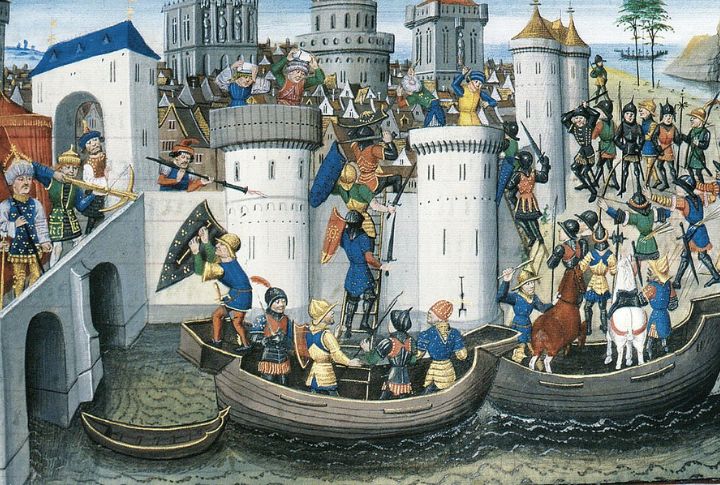
Everyone remembers Rome’s fall, but Constantinople’s collapse packed just as much punch. In 1453, the walls finally broke, and an empire that had lasted a thousand years crumbled. Behind the drama? A genius teen ruler and a cannon that rewrote history. This is the story of how the East finally fell—for good.
The City Was Already In Freefall
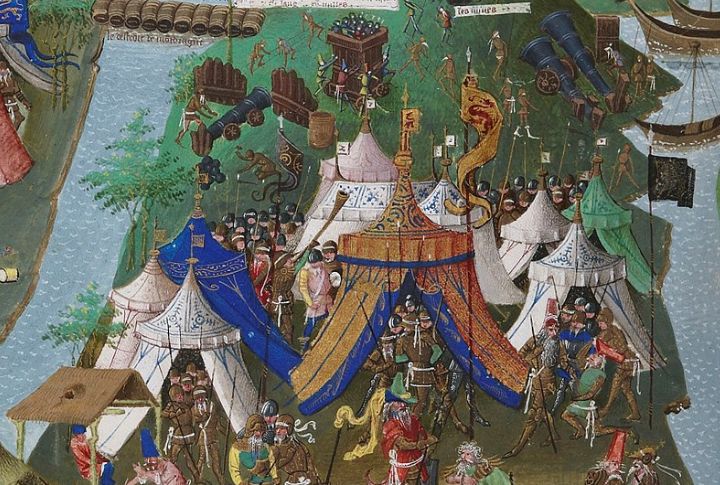
By 1453, Constantinople had a population of fewer than 50,000 people. Abandoned forums hosted livestock, and silence replaced political chatter. Its treasury was drained, and nearby territories were lost. Cut off and vulnerable, the once-mighty capital was holding on by legacy more than strength, waiting for the next strike.
Mehmed II Prepared With Strategy And Purpose
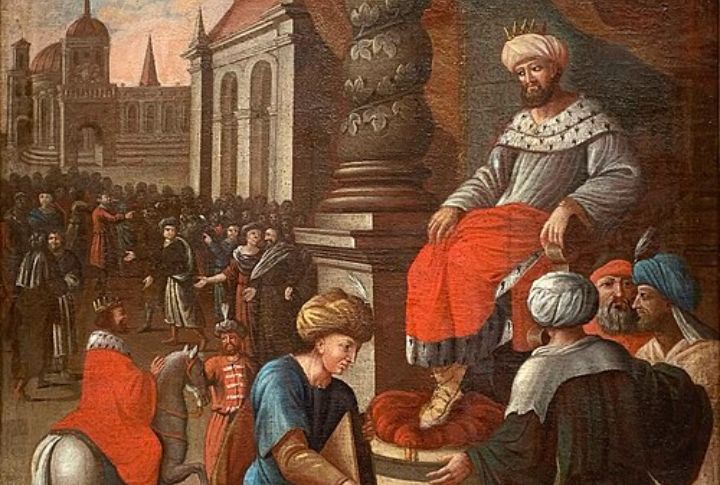
At only 19, Mehmed II returned to power with intent. He studied every failed siege and read Greek history for insight into the past. Believing destiny was on his side, he carefully reshaped military plans. Unlike previous rulers, Mehmed arrived with a clear strategy to take Constantinople once and for all.
The Theodosian Walls Had Never Fallen
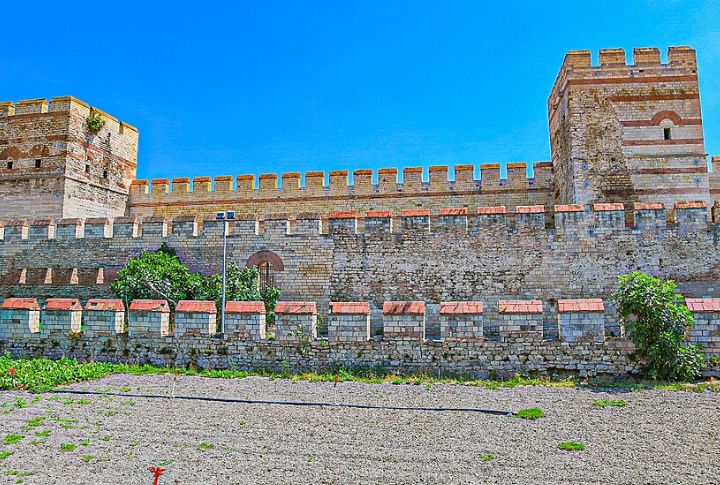
The Theodosian Walls stood firm for over 1,000 years. Triple-layered, five kilometers long, and twelve meters tall, they’d blocked dozens of invasions. Their moat and thick masonry gave Constantinople a reputation for being untouchable. Until 1453, no invading force had breached them. Then came Mehmed’s game-changer.
A Superweapon Tipped The Balance
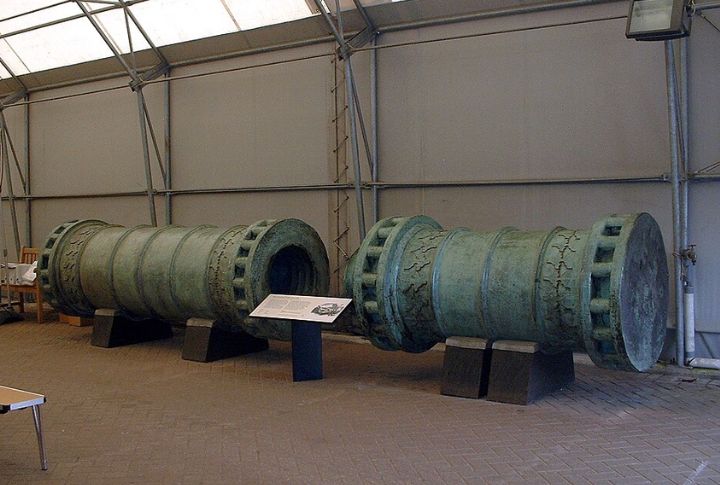
Hungarian engineer Orban built Mehmed an enormous cannon that packed a serious punch. The Basilica fired 600 kg stones over a mile by blasting chunks out of the city walls. It later cracked from the stress, but the damage was done. Moving it took 90 oxen and hundreds of workers.
Turning The Harbor Into A Highway
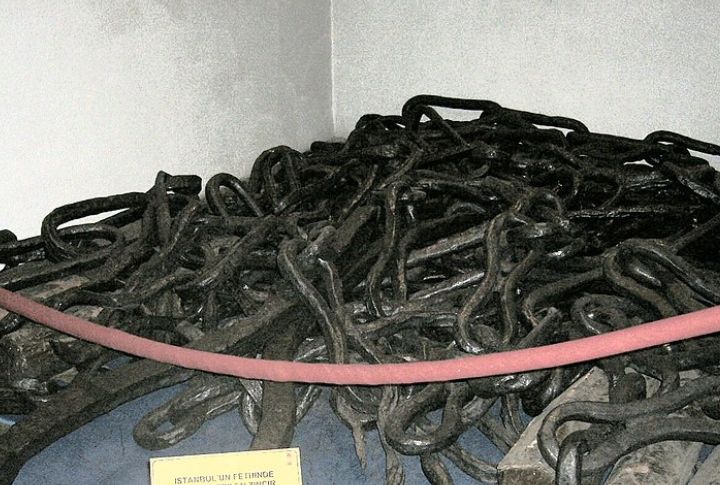
As the walls took hits from the Basilica, Mehmed looked to the harbor. A massive chain protected the Golden Horn—until his troops slid ships across greased logs and over land. Suddenly, Ottoman vessels appeared behind the sea walls, took defenders by surprise, and unraveled their last central defense.
Western Aid Promised, But It Never Came
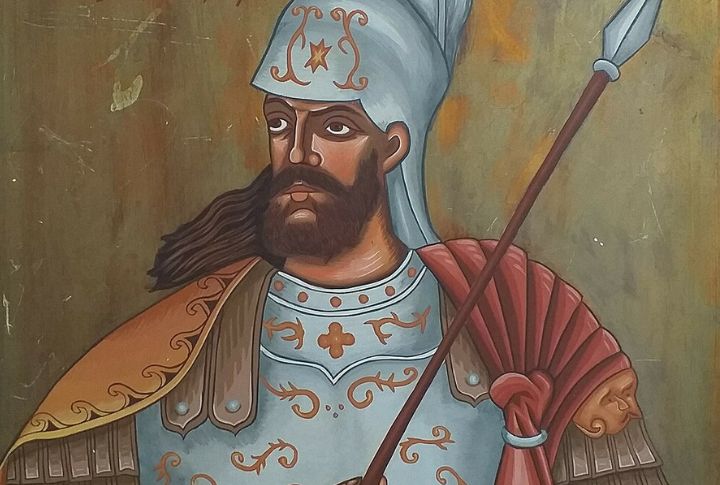
Emperor Constantine XI sent desperate appeals to Europe. The pope supported him in principle, but unity was fractured by the East–West Schism. Only 700 Genoese soldiers arrived under Giustiniani. Venice delayed. When the siege began, Constantinople stood mostly alone while hoping for help that never truly came.
The Emperor Refused To Leave His City
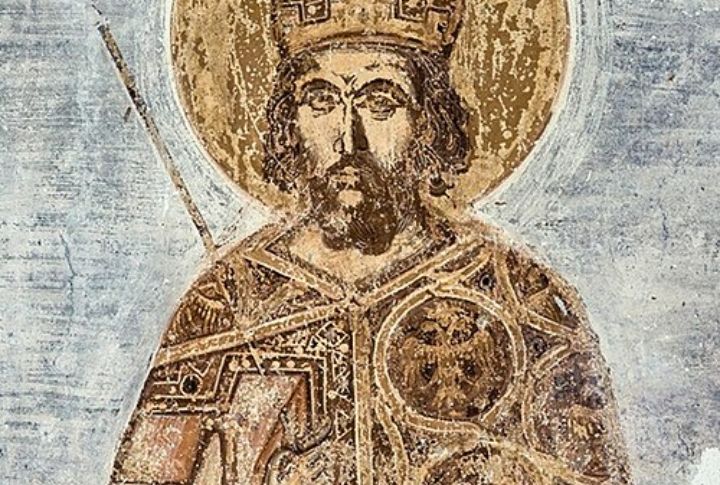
With the city falling fast, Constantine XI still had time to flee—but he stayed. Slipping into civilian armor, he joined the fight beside his soldiers. During the final breach, he vanished. No body was ever found, and stories later cast him as Constantinople’s last stand.
When The Final Assault Begins
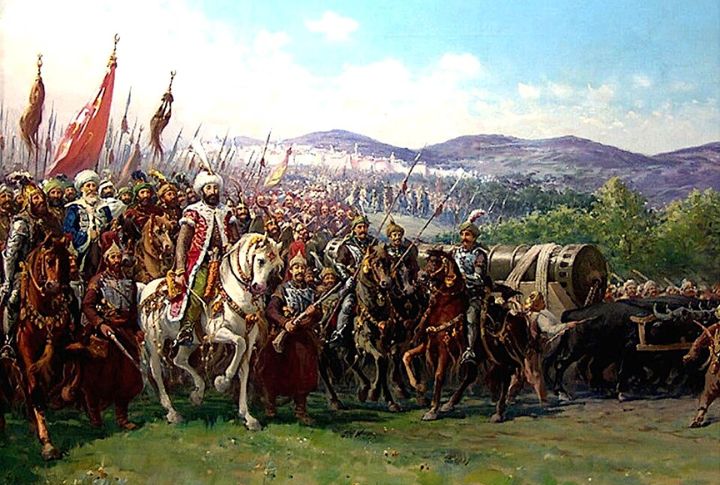
Before sunrise, Ottoman cannons opened fire one last time. When Giustiniani was wounded near the Gate of St. Romanus, panic spread. Ottoman Janissaries surged through the breach. By midmorning, the battle was over. Constantinople’s defenses collapsed, and a thousand-year chapter of history came to a violent end.
Hagia Sophia Became A Refuge, Then A Target
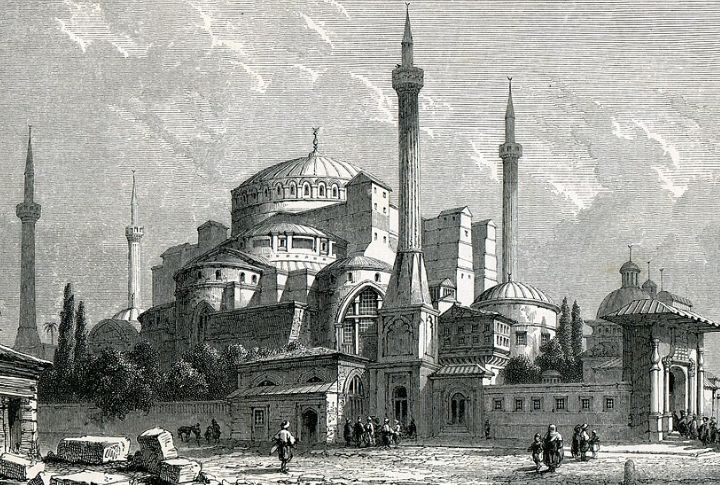
As defenses crumbled, civilians rushed into Hagia Sophia and hoped its sacred walls would protect them. Prayers echoed while looters drew near. Once a Christian stronghold, the cathedral was seized and later converted into a mosque. For three days, the city endured unchecked pillage under the laws of conquest.
A New Power Took The Throne Of The East
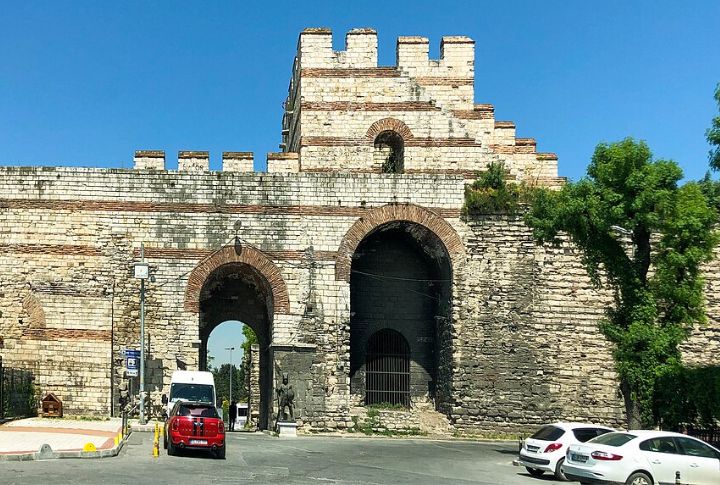
In the wake of the conquest, Mehmed began rebuilding Constantinople from the ground up. He welcomed people to repopulate the city and reestablished it as his imperial capital. What followed wasn’t just reconstruction—it was transformation. Historians mark this stage as the symbolic end of the Middle Ages. Over time, Constantinople became Istanbul, a city that wears its history like armor.

